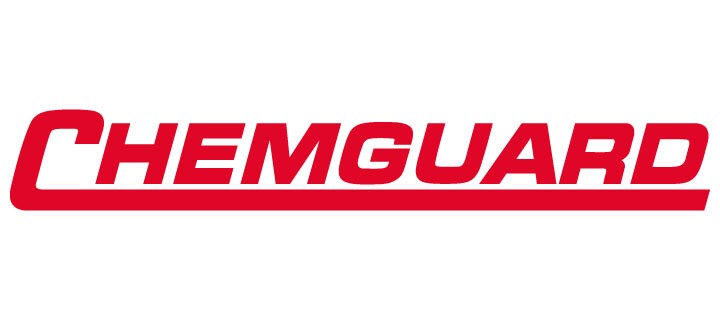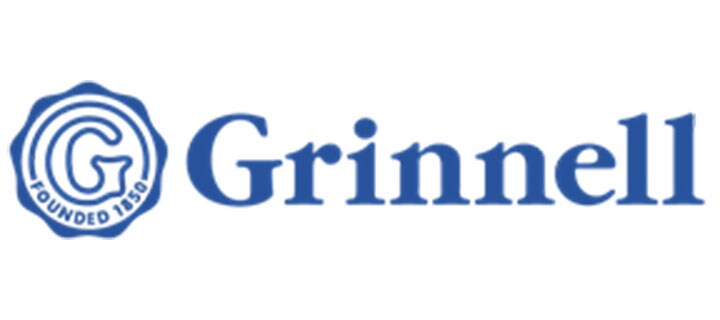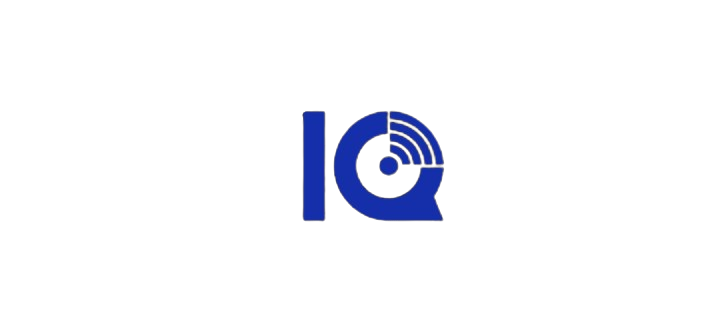- Johnson Controls
- Building Insights
- Myths and misconceptions about indoor air quality
Myths and misconceptions about indoor air quality
There’s a lot of noise in today’s marketplace about the air inside buildings. How do you create optimal IAQ? What measures must you take to help keep occupants healthy? How much should you expect to spend? These are common questions that many building managers and owners are grappling with as they strive to create healthier indoor environments.

Optimal indoor air quality (IAQ) is not just a buzzword; it has tangible benefits. Studies show that improving IAQ can raise productivity by up to 10%, reduce sick days, and prevent costly staff turnover. However, there is a lot of speculation and misinformation about what IAQ actually entails. Let us bust some myths for you.
1. Misconception: There’s a financial penalty for providing indoor air quality
You may have heard that adding filtration will significantly increase energy costs. Our research shows that the increase, if any, is minimal. In fact, a recent article A Triple Win: Achieving Improved Comfort, Indoor Air Quality and Lower Energy Consumption says comfort, IAQ and energy savings are not mutually exclusive. “For example, in a school with one classroom fully occupied and an adjacent classroom empty, ASHRAE Guideline 36 prescribes optimal settings for air and temperatures, enhancing indoor air and thermal comfort, respectively — all while helping use the least amount of energy. Peer reviewed studies evaluating this optimization approach (which includes a mix of dual maximum VAV control, static pressure reset, and supply air temperature reset) show a wide range of HVAC energy savings, in some cases averaging up to 31%.”
2. Myth: Outside air = clean air
The outside air used to dilute “dirty” inside air may itself require treatment. Think of the ash and other particles in air from areas affected by forest fires. Less obvious components such as chemicals or particulate may also need to be removed from the outside air. What’s more, outside air is not the only source of clean air. “Inside” air can be treated via filtration and disinfection to increase clean air delivery rates
3. Myth: There’s a “magic bullet” technology that ensures safe, healthy air
We often hear the words “ventilation", “filtration”, "disinfection" and "isolation" when discussing air decontamination, but what do they mean, and what is the difference between the terms? Though many people use these words interchangeably, the truth is each term describes something very different about improving air quality. Understanding the difference between each is essential so that you are improving your air the exact way that you want. Ventilation dilutes dirty air with clean air as available from the outside—but that outside air may need filtering or disinfecting. Filtration mechanically removes particles from the air —but that air could still contain pathogens. Disinfection deactivates bacteria and viruses—but the air could still contain dust or other particles. Isolation contains particles to prevent them from moving throughout the building—but air elsewhere in the building could still need treatment.
4. Misconception: CO2 is bad!
It’s true that high concentrations of CO2 can affect respiratory function. However, CO2 itself is not poisonous; at low concentrations, it is not harmful. What’s more, it’s an important tool in clean air strategies. Measuring trace amounts of CO2 helps us determine whether ventilation is effective.
5. Misconception: My HVAC system is so old, there’s nothing I can do/My HVAC system is so new, there’s nothing I need to do
An older system can be cost-effectively updated with options such as zone filtration and disinfection to increase clean air delivery rates. And while a new system may incorporate the latest technologies and approaches, you must monitor performance and regularly maintain the system to ensure you’re getting the desired results.
6. Misconception: Setting up your HVAC system for clean air outcomes is a one-and-done deal
As noted above, ongoing monitoring and maintenance are essential. Track performance, conduct regular inspections, and service your equipment to maintain clean air.
- Routinely review controls sequences for overrides or changes.
- Maintain mechanical components and consider inspecting more frequently.
- Change filters on the recommended schedule.
- Confirm operation of UV-C technology and maintain according to the manufacturer’s directions.
- Consider adding remote monitoring and analytics to identify and correct system issues quickly.
“Buildings are full of potential to make people happier and healthier.”
Katie McGinty, Chief Sustainability Officer, Johnson Controls
In short, you need to consider your building systems, equipment, energy use, infection risk, and budget to determine how best to achieve desired IAQ.
Johnson Controls offers an extensive range of solutions to enhance the indoor air quality (IAQ) in your building, thereby improving the overall indoor environment. On the journey to creating a healthy building we can partner with you to create a holistic IAQ, energy management and infection control strategy including a prioritized set of recommendations for achieving your goals. Using this strategy, we work with you to create a plan that meets your needs, budget and timeline.

















.jpg?la=en&h=320&w=720&hash=244C75B74F0F77521D56164450973BCD)














.jpg?la=en&h=310&w=720&hash=8D9823F26AA80B2B75C3E4B2E61770DC)


.jpg?la=en&h=320&w=719&hash=13CA7E4AA3E453809B6726B561F2F4DD)
.jpg?la=en&h=306&w=720&hash=F21A7CD3C49EFBF4D41F00691D09AEAC)

.png?la=en&h=320&w=720&hash=18CFCCD916C92D922F600511FABD775D)














